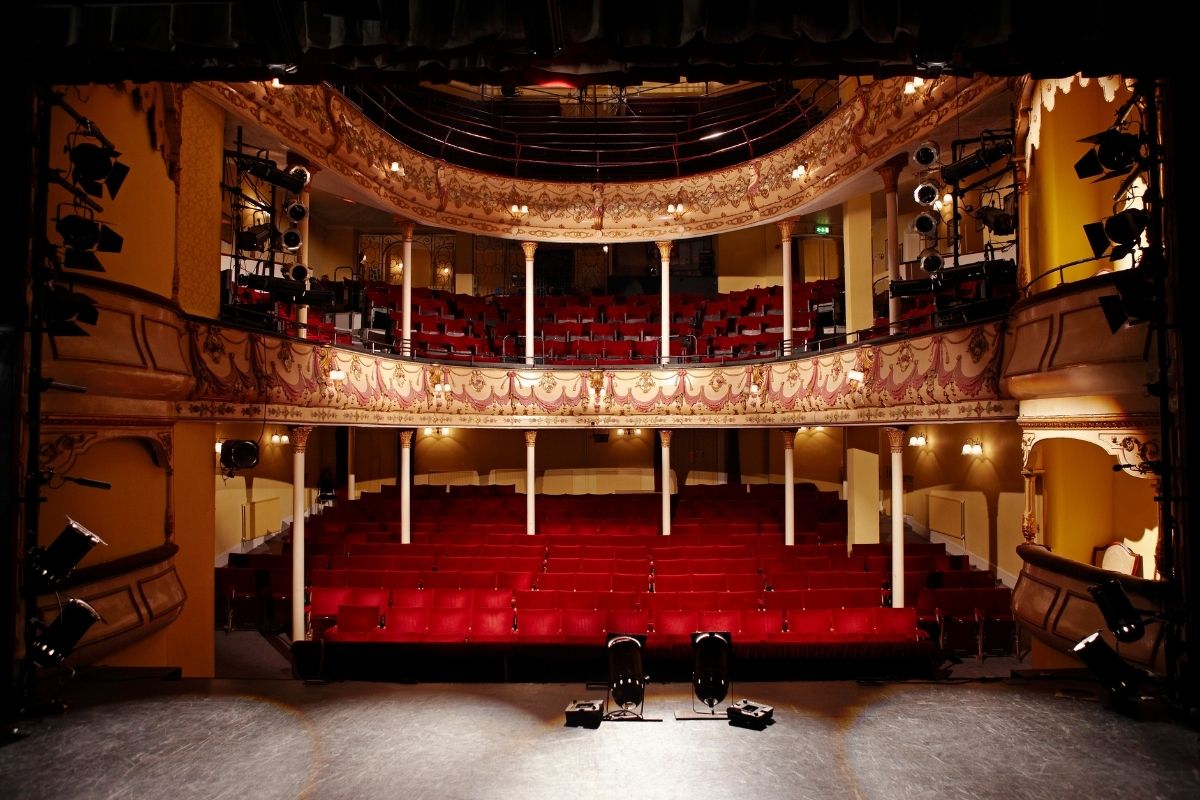Performing Arts Education and the Role of the Director

“One of the ongoing complaints that directors of the performing arts have, particularly about theater critics, is that they don’t recognize the work that directors actually do,” explains Elizabeth Bradley. “In other words, critics will look at a production and give actors credit for something that actually was the director’s contribution. Designers will sometimes get plaudits for something that, if the director hadn’t asked for it, the designer would never have come up with it. Actually understanding what it is that directors contribute can be hard to pin down.”
“Everything that is seen on stage goes through the director’s table,” adds Shanga Parker. “Theater, it’s very much a director’s medium. I think film and TV can be more of an actor’s medium, but it’s very much an editor’s medium because that’s the last step a film or TV show gets. It gets written by the writer, shot, and then it’s edited.”
In the theater, every decision that is made goes to the director’s hands and mind. The director gets a script, decides how to cast it, or thinks about right number of roles, male, female, what it’s going to look like. If it’s a family, does the family have to look like a family, or can it be a different racial and ethnic background?
“What kind of story are you trying to tell? If you decide to make it look like a family, that’s saying something. Right? Or you decide to break that up and put it on its head and make the audience look at the play, perhaps, in a new way,” says Parker.
